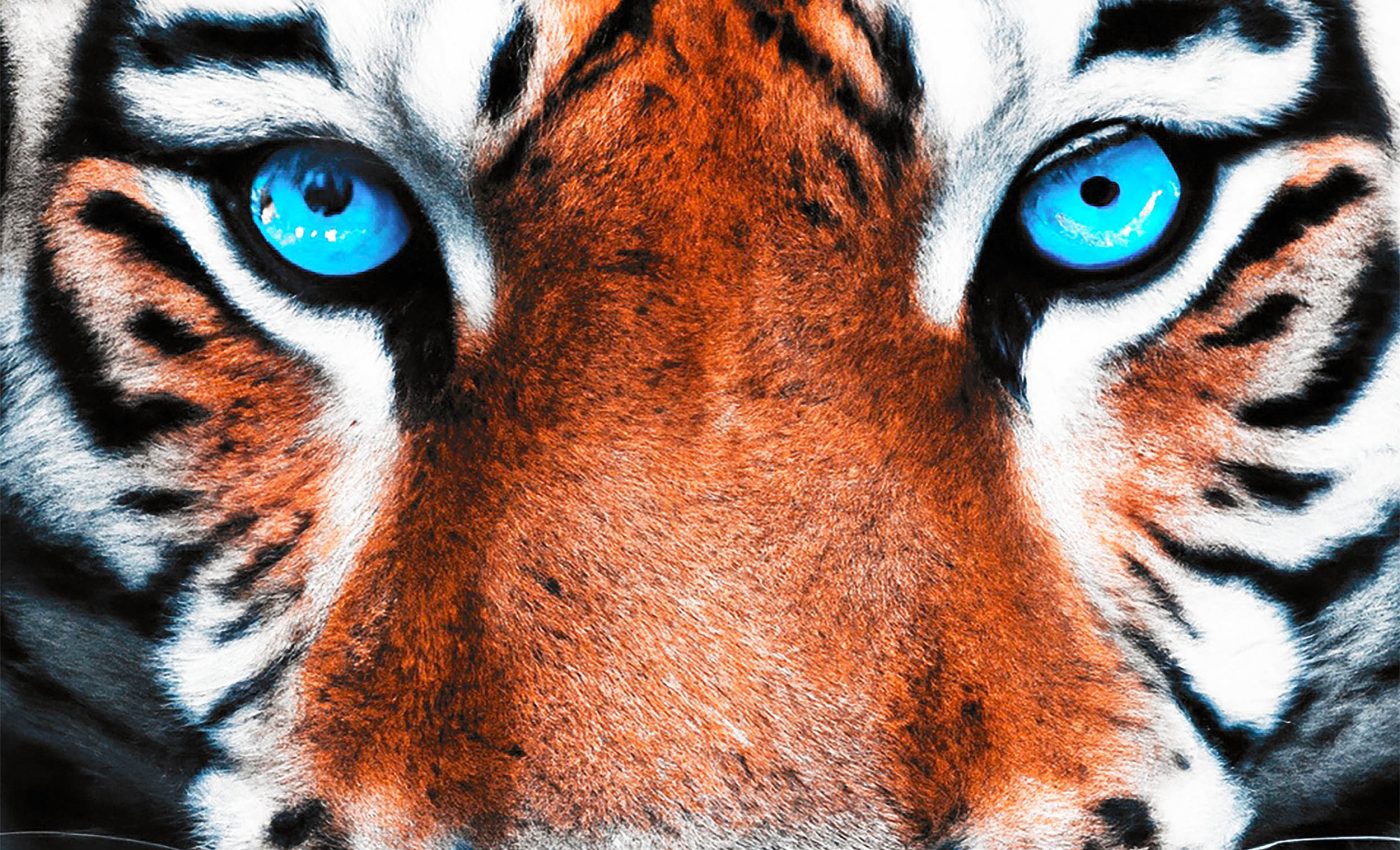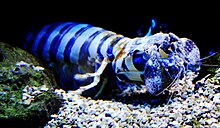New camera tech lets us see the colors of the world through the eyes of animals
Опубликовано 2024-10-28 13:00 , обновлено 2024-10-28 13:26

A new camera system is making it possible for humans to see colors in the way animals do, opening up a vivid new perspective on the natural world.
Led by researcher Vera Vasas, who has spent years studying animal vision, this innovative project is changing how we understand what animals actually see.
In collaboration with colleagues from the Hanley Color Lab at George Mason University, Vasas has developed a tool that lets us experience the world through the eyes of different species.
How animals see color
Animals perceive color through photoreceptor cells in their eyes, and the number and type of these cells can vary widely among species.
While humans have three types of cone cells sensitive to red, green, and blue light, many animals have additional types that allow them to see colors beyond our visible spectrum.
Birds, for instance, often have superior color vision compared to humans. They possess tetrachromatic vision, which includes the ability to see ultraviolet light.
This extra range is crucial for behaviors like selecting mates and finding food. Many insects, like bees, also see ultraviolet light, helping them detect patterns on flowers that are invisible to us.
Reds, greens, and colors different animals see
On the other hand, mammals such as dogs and cats have dichromatic vision. They can’t distinguish between red and green, much like humans with red-green color blindness.
This reduced color perception limits their ability to see the full spectrum of colors that we can, affecting how they interact with their surroundings.
Understanding these differences isn’t just fascinating trivia — it’s essential for studying animal behavior and ecology. But until now, visualizing how animals see the world has been a significant challenge.
False color imaging has offered glimpses into animal vision but comes with drawbacks. It’s time-consuming, requires specific lighting conditions, and can’t capture movement effectively.
These limitations have made it tough for scientists and filmmakers to represent animal vision accurately.
Addressing these hurdles, Vasas’s team developed a cutting-edge camera and software system capable of recording and processing videos under natural lighting conditions. This means we can now see colors just as animals do, in real time.
“Our system records in four color channels: blue, green, red, and UV,” explains Vasas. “It then converts this data into ‘perceptual units’ — essentially translating it into a format that replicates animal vision based on known photoreceptor data.”
High accuracy and practical use
Impressively, when compared to traditional spectrophotometry methods, this new system boasts over 92% accuracy in predicting the colors that animals perceive.
That’s a significant improvement, making the technology not just innovative but also reliable.
This opens up unprecedented avenues for scientific research. Scientists can now explore the dynamic, colorful world as seen by various species, leading to deeper insights into animal behavior and ecology.
Filmmakers stand to benefit immensely from this technology. They can create more accurate and engaging representations of animal vision, bringing audiences closer to understanding the natural world.
Imagine documentaries where viewers can experience the ultraviolet patterns that guide bees or the limited color palette seen by dogs.
“This technology bridges the gap between human and animal perception,” says Vasas. “It allows us to not only study animals more effectively but also to educate and inspire people by showing them a world they’ve never seen before.”
One of the most impressive aspects of this system is its practicality. It’s constructed from readily available commercial cameras, housed in a modular, 3D-printed casing. This makes it accessible for researchers and filmmakers without requiring specialized, expensive equipment.
Colorful spectrum seen through animal eyes
The way animals see and perceive color is more than just a scientific curiosity — it’s a key to understanding their survival strategies.
For instance, the mantis shrimp has one of the most complex vision systems known, with twelve to sixteen types of photoreceptor cells.


Odontodactylus scyllarus (Red Mantis Shrimp) Lysiosquillina maculata (Zebra Mantis Shrimp)
This allows them to detect polarized light and see a spectrum far beyond human capability, helping them spot prey and predators in the intricate underwater world.
Snakes use infrared vision to hunt warm-blooded prey in the dark, while reindeer see ultraviolet light to spot predators against the snowy landscape.
These abilities aren’t just interesting facts; they’re essential adaptations that have evolved over millions of years.
Evolution has tailored the vision of each species to meet its specific needs. Animals develop unique color vision abilities based on their environment and survival challenges. This results in a rich diversity of visual capabilities across the animal kingdom.
“Understanding how animals see the world helps us make better decisions about conservation and habitat management,” notes Vasas. “It can inform how we design buildings, roads, and even lighting to minimize negative impacts on wildlife.”
New lens on the natural world
To sum it all up, this new camera technology allows us to step into the shoes — or rather, the eyes — of other creatures. It’s a tool that brings us closer to the natural world, fostering empathy and understanding.
As we continue to explore these new perspectives, we gain not just knowledge but also a deeper connection to the diverse creatures that share our planet.
The possibilities are vast. From academic research to immersive educational experiences, this technology is set to transform how we see and interact with the animal kingdom.
It’s a reminder that even in our high-tech world, there’s still so much to discover when we look through a different lens.
The full study was published in the journal PLoS Biology.
Читайте также:
Electricity-eating microbes might sound like something straight out of a science fiction novel. In fact their behaviour is not quite as exotic as it might first appear.
Среди отмеченных стран как лучшие для жизни - ни одной Азиатской и Африканской страны. А также ни одной страны американского континента кроме Канады
Технологии XXI века позволяют превратить каждый Дом в Вселенную по разумению его хозяев.
|
Оставлять комментарии могут только зарегистрированные пользователи. Войдите в систему используя свою учетную запись на сайте: |
||
 Life Science and Technologies
Life Science and Technologies